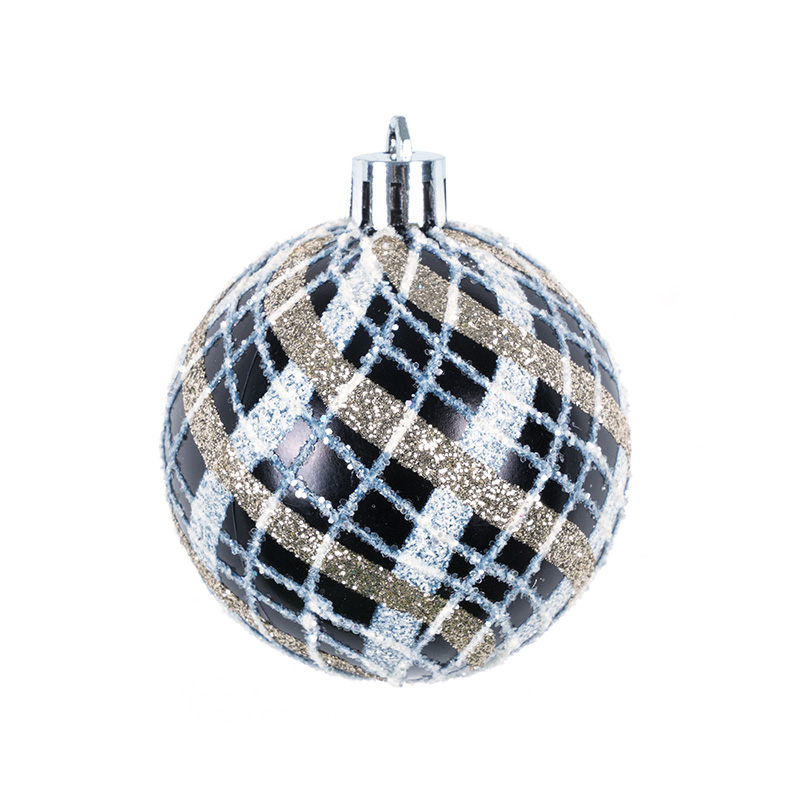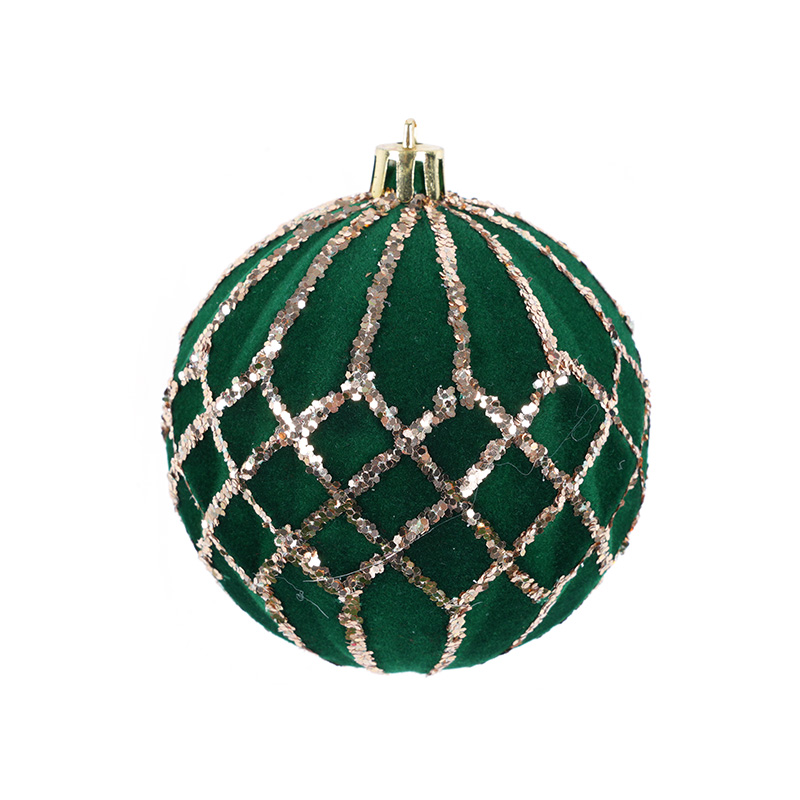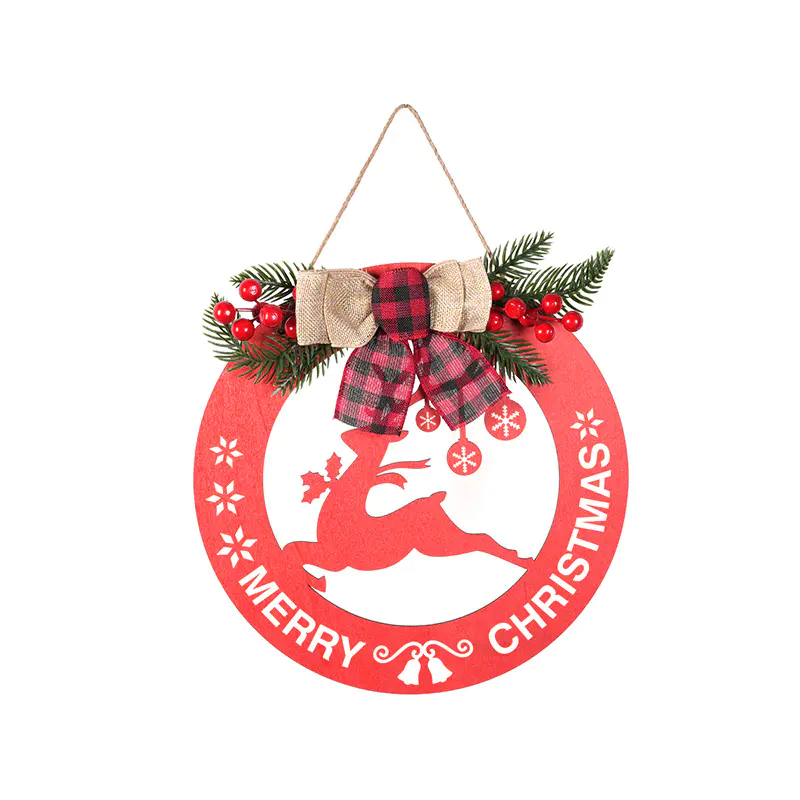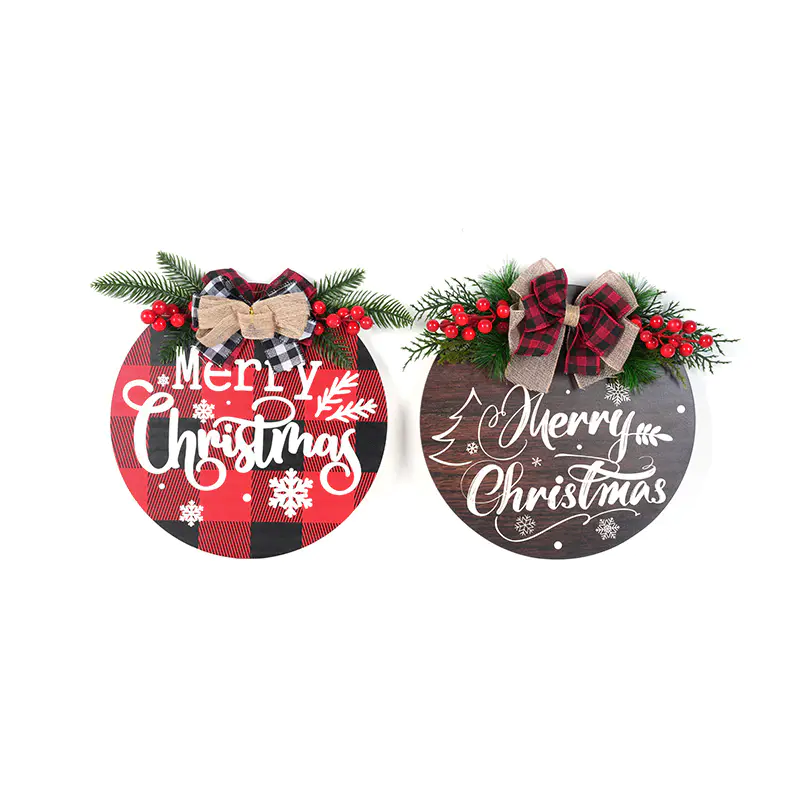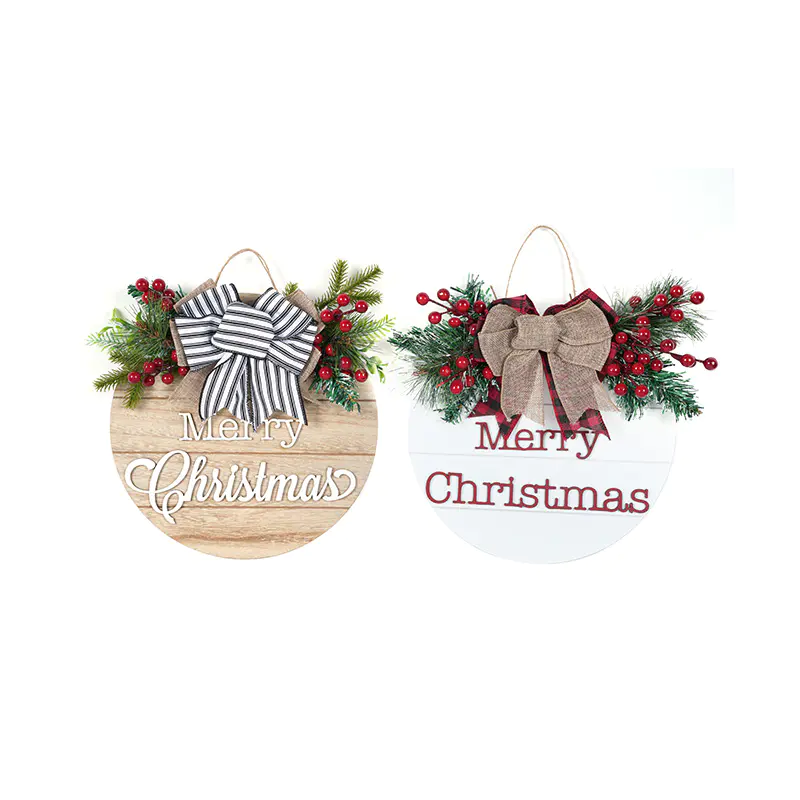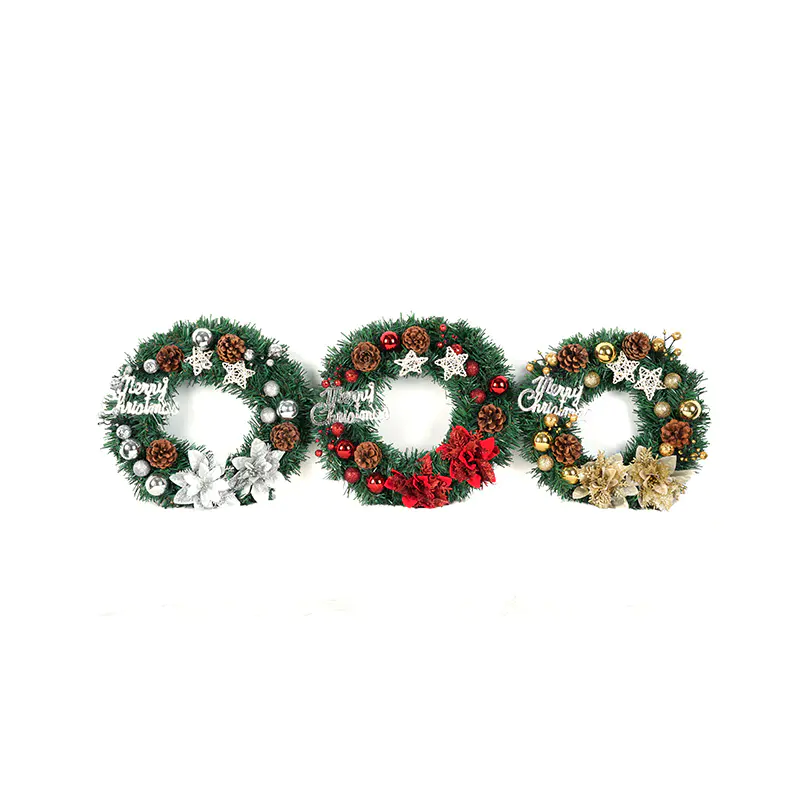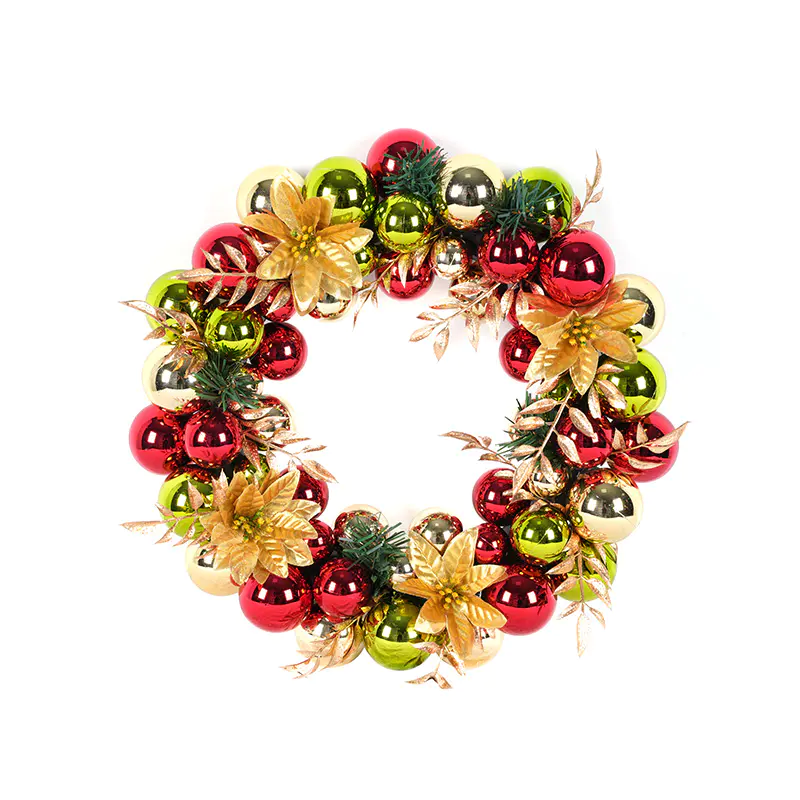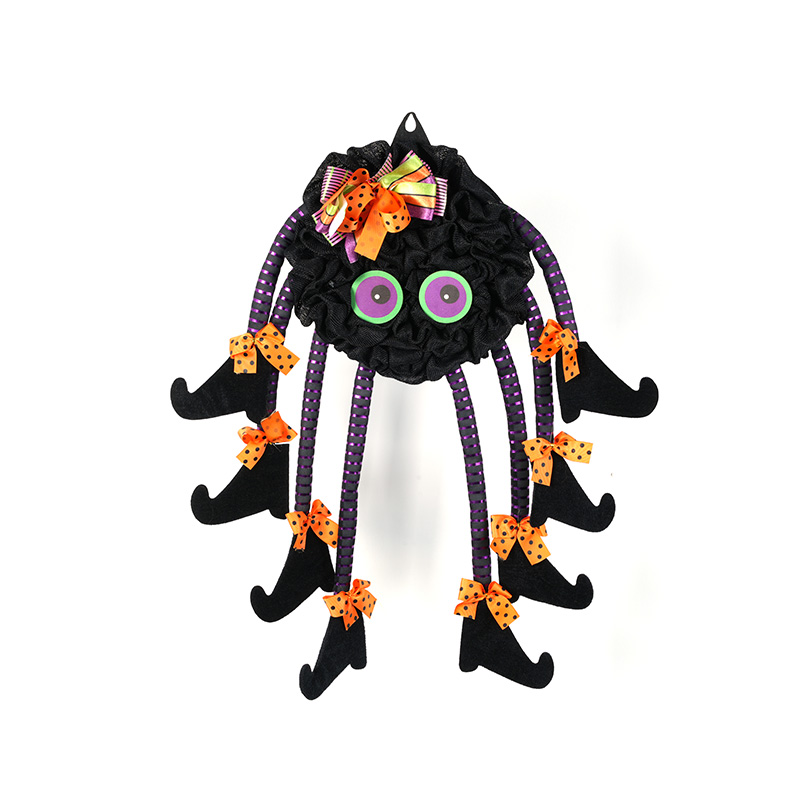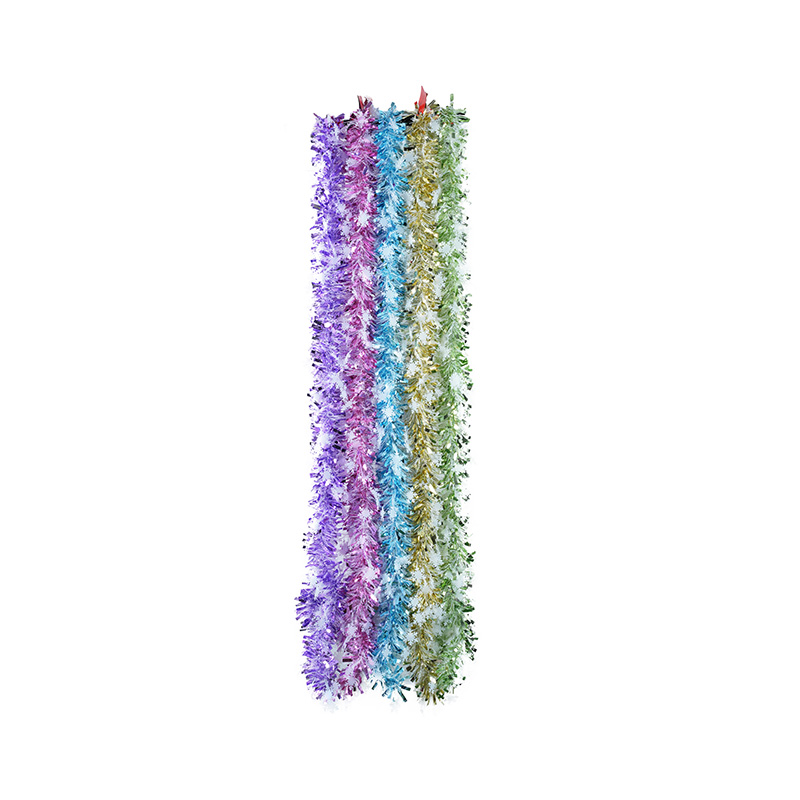
A Shiny Tradition with a Hidden Cost
As the festive season approaches, homes, offices, and public spaces come alive with glittering lights and colorful decorations. Among the eye-catching are Christmas Foil Streamers, known for their metallic sheen and ability to instantly transform any space into a holiday wonderland. However, as environmental consciousness grows, many are beginning to ask: Are Christmas Foil Streamers eco-friendly? The answer is more complex than it appears.

Material Matters
Most Christmas Foil Streamers are made from metallic polyester film, often known as Mylar or PET. While these materials are lightweight and highly reflective—ideal for creating visual impact—they are not biodegradable. Unlike paper or fabric-based decorations, foil streamers do not break down naturally and can persist in the environment for years if improperly disposed of. Moreover, many of these products are coated with inks, glitters, and laminates, further complicating their ability to be recycled.
Recycling Challenges
One of the main environmental concerns surrounding Christmas Foil Streamers lies in their recyclability. While PET is technically a recyclable plastic, streamers are often too thin, mixed with other materials, or contaminated with adhesives and glitter to be accepted by most municipal recycling programs. This means the majority end up in landfills, where they contribute to the growing problem of plastic waste. Some may even blow away and become litter, posing risks to wildlife and local ecosystems.
Short-Term Use, Long-Term Waste
Another issue is their disposable nature. Many people purchase new decorations each year, using streamers for only a few days or weeks before discarding them. This single-use mindset increases both waste volume and the carbon footprint associated with production and transportation. Though inexpensive and festive, these decorations often serve a brief purpose at a significant environmental cost.
More Sustainable Alternatives
For those who love the look of Christmas Foil Streamers but are concerned about their environmental impact, several alternatives exist. Paper streamers made from recycled materials, reusable fabric garlands, or biodegradable decor items can offer a similar aesthetic with much less harm. Some companies now produce eco-friendly streamers from compostable materials, providing an option that doesn’t compromise sustainability for sparkle.
Additionally, consumers can make a meaningful impact by reusing decorations year after year. Proper storage can extend the life of even traditional foil streamers, reducing the need for frequent replacements and reducing waste.
Consumer Responsibility and Industry Change
Part of the shift toward more sustainable holiday decorating involves awareness. By understanding the materials used and their impact, consumers can make more informed choices. Retailers and manufacturers also play a role. With growing demand, more companies may begin to offer greener versions of popular products like Christmas Foil Streamers. Clear labeling about recyclability and material content would further help shoppers align purchases with their values.
Conclusion: Rethinking Holiday Shine
Christmas Foil Streamers bring color, light, and joy to holiday celebrations, but they come with environmental trade-offs. While they may not be the eco-friendly choice in their current form, small changes, like reusing decorations, choosing sustainable alternatives, or supporting responsible brands, can significantly reduce their environmental impact. As we celebrate the holidays, it’s worth considering how our festive choices reflect not just the season’s spirit, but also our stewardship of the planet.


